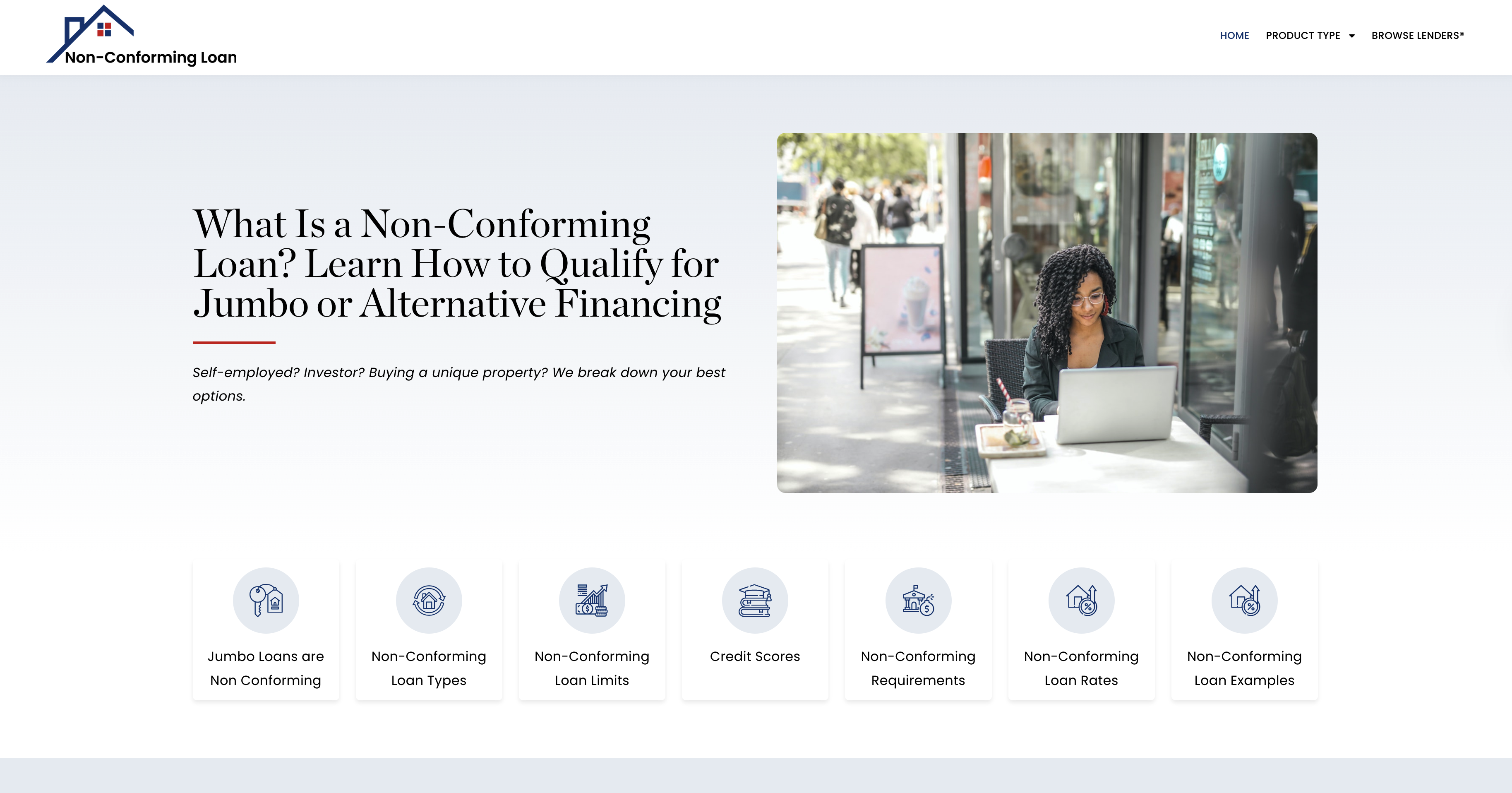How is Your Middle Credit Score® Calculated? Breaking Down the Numbers
Your Middle Credit Score® is a critical factor that lenders use to evaluate your creditworthiness. Unlike individual scores from Experian, Equifax, or TransUnion, the Middle Credit Score® represents the middle value among the three, giving lenders a balanced perspective of your credit health. Understanding how this score is calculated can provide you with strategic insights to improve it and secure better loan terms.
This guide will break down the key components of the Middle Credit Score® calculation, explain the differences between FICO and VantageScore, and highlight the role of credit utilization, payment history, and credit length. By the end, you’ll clearly understand how to optimize your Middle Credit Score® for financial opportunities.
What is Middle Credit Score® and Why It’s Unique
When lenders evaluate your credit profile, they typically pull scores from the three main credit bureaus: Experian, Equifax, and TransUnion. These scores are calculated independently based on slightly different data sets. Rather than taking the highest or lowest score, lenders focus on the middle value—your Middle Credit Score®.
This approach ensures that one unusually high or low score doesn’t disproportionately affect your lending prospects. It provides a more balanced view of your credit behavior, smoothing out any anomalies that may exist between the three reports.
The Role of FICO vs. VantageScore
While both FICO and VantageScore provide credit scores, lenders overwhelmingly prefer FICO for mortgage lending. Here’s how they differ:
- FICO Score
- Used in 90% of lending decisions.
- Scores range from 300 to 850.
- Emphasizes payment history and credit utilization.
- VantageScore
- Increasingly popular for consumer awareness and credit monitoring.
- Also ranges from 300 to 850 but weighs recent credit behavior more heavily.
Both scores can influence your Middle Credit Score® but are assessed differently by lenders. Understanding how each works can help you prioritize the right financial habits.
Key Components that Influence Your Middle Credit Score®
- Payment History (35%) – Your history of on-time payments is the single most important factor. Late or missed payments can drastically reduce your score.
- Credit Utilization (30%) – This is the ratio of your current credit card balances to your credit limits. Ideally, you should keep this below 30% for optimal scoring.
- Credit History Length (15%) – The longer your accounts have been open and managed responsibly, the better it reflects on your credit score.
- Credit Mix (10%) – Having a diverse range of credit types, like mortgages, credit cards, and auto loans, can positively impact your score.
- New Credit Inquiries (10%) – Applying for multiple credit lines in a short time can temporarily drop your score.
Actionable Steps & Best Practices
- Make Payments On Time, Every Time: Since payment history is the largest factor, it’s crucial to never miss a due date.
- Lower Your Credit Utilization: Aim to keep your credit card balances below 30% of your total available credit.
- Avoid Unnecessary Credit Applications: Hard inquiries can temporarily reduce your score, so only apply when necessary.
- Build and Maintain Long Credit History: Keep older accounts open, even if they are paid off, to benefit from a longer average account age.
- Diversify Your Credit Mix: Consider a mix of credit types to show responsible management across different accounts.
Statistics & Real-World Impact
- Mortgage Qualification Rates: Borrowers with Middle Credit Scores® of 700 or above have a 30% higher chance of securing favorable mortgage terms.
- Credit Utilization Impact: Reducing credit utilization from 50% to 20% can increase your Middle Credit Score® by up to 30 points.
- Average Score Increase with Payment History Correction: Removing a single late payment can improve your Middle Credit Score® by 20-50 points.
Understanding how your Middle Credit Score® is calculated is the first step toward improving it. By focusing on payment history, managing credit utilization, and maintaining a long credit history, you can significantly boost your score. This not only opens doors to better loan opportunities but also sets you up for long-term financial success. Explore our interactive tools to begin improving your Middle Credit Score® today.






